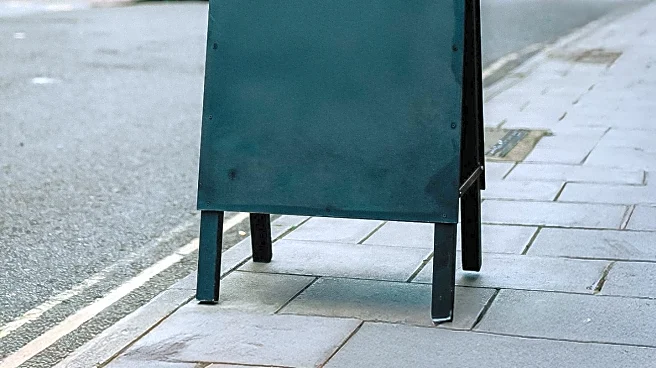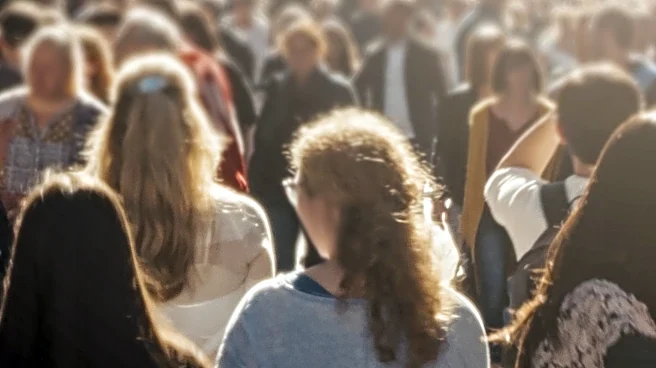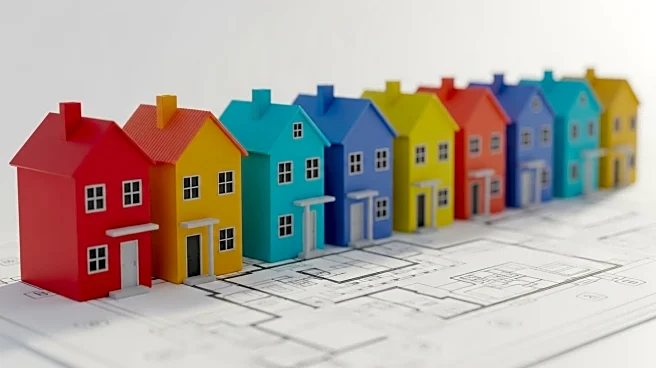What's Happening?
Plymouth Access to Housing (Path) marked World Homeless Day by unveiling two art installations in Plymouth to raise awareness about homelessness. The charity collaborated with local artists and community members to create artwork symbolizing the impact of homelessness. The installations, titled 'There's No Place Like Home' and a collaborative project with Plymouth Artists Together, aim to highlight the need for safe housing and community support. Path has been addressing homelessness in Plymouth for over 30 years, supporting thousands of individuals through outreach and accommodation services.
Why It's Important?
The art installations serve as a powerful visual reminder of the ongoing homelessness crisis in the UK, emphasizing the need for community engagement and support. With homelessness on the rise, initiatives like Path's installations play a crucial role in raising public awareness and fostering compassion. The charity's efforts highlight the importance of addressing both immediate needs and long-term solutions, such as affordable housing. The involvement of local artists and community members underscores the collective responsibility to tackle homelessness and support vulnerable populations.
What's Next?
Path and local authorities, including Councillor Chris Penberthy, plan to continue collaborating to improve the lives of homeless individuals in Plymouth. Efforts will focus on both short-term support services and long-term housing solutions through initiatives like the Plan for Homes program. The charity's ongoing work aims to address the root causes of homelessness and provide sustainable support for those affected. Future projects may include additional community engagement activities and partnerships to further raise awareness and drive change.
Beyond the Headlines
The art installations highlight the cultural and ethical dimensions of homelessness, encouraging empathy and understanding within the community. By involving local artists, the initiative fosters a sense of shared humanity and collective action. The project also raises questions about societal values and the importance of prioritizing housing and support for vulnerable populations. The installations serve as a call to action for policymakers and citizens alike to address the systemic issues contributing to homelessness.












